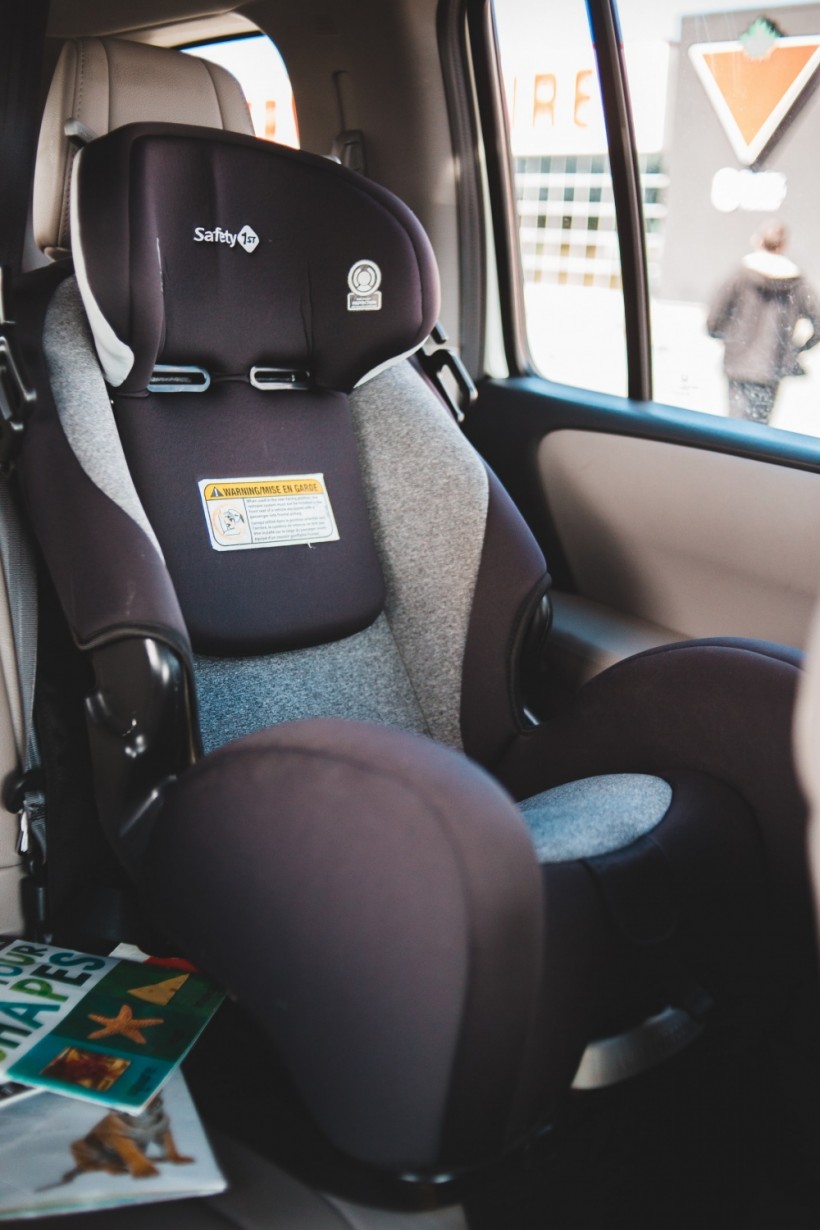
(Photo : Erik Mclean on Unsplash)
Driving can often be a nerve wracking experience for adults, but adding children into the picture makes parents more aware than ever of the potential risks associated with being on the road. Each year in the United States, drivers are involved in nearly 6 million car accidents. In 2020 alone, there were 35,766 fatal motor vehicle crashes in the US that resulted in 38,824 deaths. There are dozens of options for parents wondering how to keep their kids safe on the road, but could some of these options actually cause more harm than good?
Improperly Sized and Secured Car Seats Can Lead to Injury
Although the use of car seats for small children can reduce the risk of injury in accidents by 71-82%, improper use of car seats can actually increase the risk of injury or death in children who are involved in accidents. Car seats that are either too small or too large for the child will not adequately protect them in the event of an accident and may lead to increased risk for injury.
When driving with small children, parents should ensure they use the correct type of car seat appropriate for the child's age, height, and size by using an online Car Seat Finder Tool.
In addition to having the correct size car seat, car seats must also be properly secured for them to function appropriately. One of the leading causes of injuries to children when involved in an automobile accident is improper placement of the car seat inside the car. Most modern car seats come with a variety of buckles and safety features and even the simplest mistake like sliding the seatbelt through the wrong slot or not tightening the base of the seat enough can be fatal. Additionally, optional safety features like car seat safety head support, impact protection shields, or baby car seat safety mirrors will have their own individual guidelines for proper fit and placement. Parents can use the National Highway Traffic Safety Administration online Car Seat Inspection Finder Tool to find a nearby site to provide a free car seat inspection check to ensure the seat is appropriately used and anchored within the car.
Car Seat Manufacturing Materials Contain Toxic Chemicals
In addition to improperly sized and fitted car seats, one study found that over half of the car seats on the market contain toxic flame retardants and PFAS (per-and polyfluoroalkyl substances). While these substances can provide important safety protections, they can also be toxic to children and have been found to occur at higher concentrations in low budget car seats $100 or less. These chemicals have been linked to an increased risk of cancer, diabetes, endocrine disease, developmental disorders, liver problems, high cholesterol, and more. When shopping for a new car seat, parents should inspect the types of materials and protective coatings used and consider alternatives like wool or dense, tightly woven polyester fabric.
Discontinuing Car Seat Usage Prematurely Increases Risk of Injury
The Centers for Disease Control recommend that all children between the ages of 4-8 years old continue to use a booster seat while riding in a car to reduce the risk of injuries if involved in an accident. When properly using a booster seat, the risk of injury is reduced by 45%, however, car seat safety statistics indicate that less than 20 percent of kids between age 4-8 years are properly restrained in booster seats. In an effort to enforce appropriate booster seat use, many states across the US have passed laws that require children to be in a booster seat until at least 9 years of age. With these laws in place, officials have noted a decrease in the overall number of injuries and deaths associated with automobile accidents. Parents driving with children who have outgrown their car seat should ensure that a properly sized booster seat is utilized for all children under the age of 9 years or under 4foot 9 inches tall.
When used appropriately, child car seats and booster seats can greatly reduce the risk of car accident injuries in children. While car seats can be an important life saving tool when used appropriately, it's important that parents always follow proper car seats guidelines, sizing, and placement to ensure they're functioning to their full potential. Additionally, practicing good driving techniques and following car safety rules anytime you are behind the wheel of a vehicle can greatly reduce the risk of automobile related accidents, especially when driving with kids.
* This is a contributed article and this content does not necessarily represent the views of hngn.com








